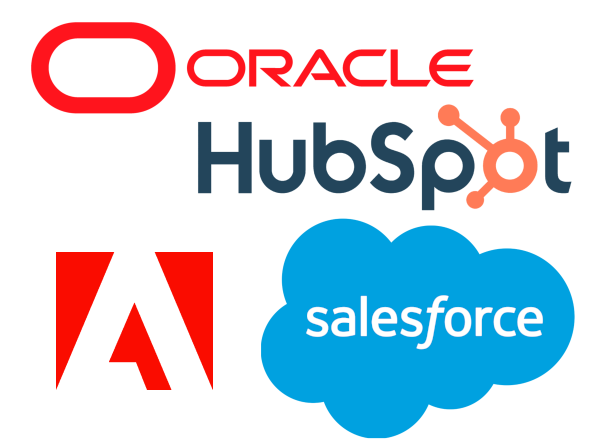
Platform-Agnostic, Strategy-First
Today, the Salesforce ecosystem is at the core of my experience — and it remains my preferred platform. But every platform deserves a strategy-first, syntax-second approach. Whether it’s Adobe or Oracle, HubSpot, or any of the numerous marketing technology suites, the goals stay the same: create meaningful engagement, deliver relevant content, and build scalable systems that serve both the customer and the business.
- Segment and activate the right audience
- Deliver personalized, timely content
- Automate intelligently, with room for human oversight
Automation with a Human Touch
Just because we can automate something doesn’t mean we should. Good automation enhances the customer experience, it doesn’t replace it. I focus on:
- Event-based triggers that reflect real user behavior
- Fail-safes and fallbacks for edge cases
- Modular content blocks and dynamic scripting to personalize at scale